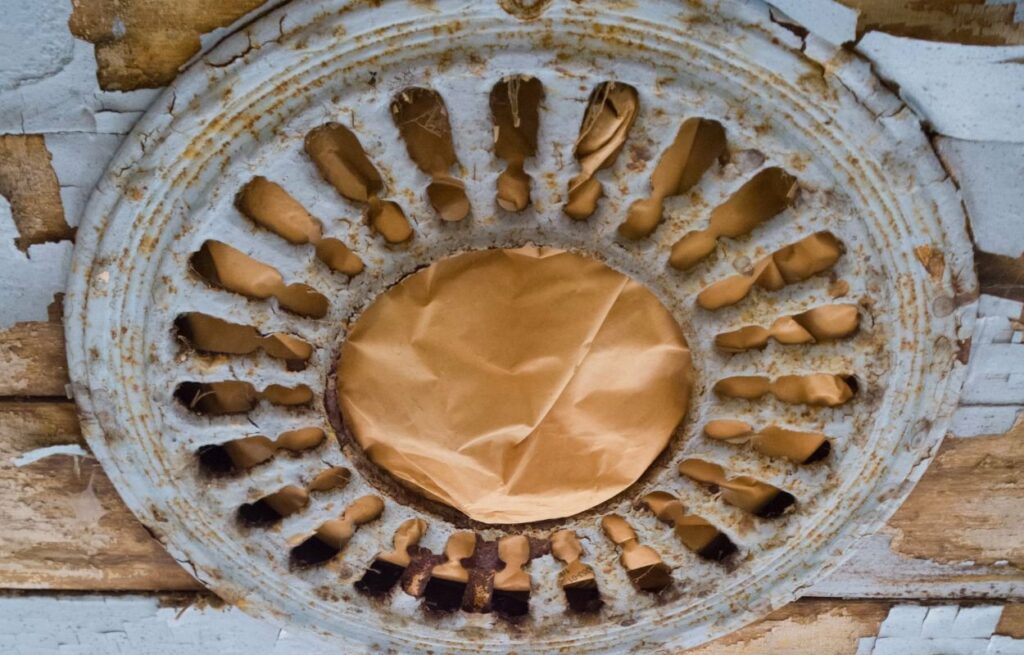
If you own a historic home, you probably already know just how special it is. The charm, the character, the craftsmanship—there’s just something magical about old houses. But along with that beauty often comes some outdated and downright hazardous materials. And one of the biggies? Lead-based paint. So, let’s dive into the world of lead abatement for historic homes and chat about what makes it so important and how to tackle it safely.
WHY LEAD ABATEMENT MATTERS FOR HISTORIC HOMES
Lead paint was the go-to choice for homes built before 1978. It’s durable, moisture-resistant, and looks nice. But here’s the problem: It’s also toxic. Lead exposure, especially in children and pregnant women, can cause serious health issues, from developmental delays to brain and nerve damage. And guess what? Historic homes are often chock-full of lead-based paint, especially if they haven’t been renovated in decades.
Now, if you’re in Nanaimo and your beautiful old house needs a facelift, you can’t just start sanding away without a plan. Lead abatement in Nanaimo involves specific procedures to safely remove or seal lead paint. And when you’re working with a historic home, it’s not just about making things safe—it’s about doing it in a way that preserves the character of the place. Plus, improper handling can actually increase the risk of exposure by stirring up lead dust.
THE UNIQUE CHALLENGES OF LEAD ABATEMENT IN HISTORIC HOMES
Here’s the thing: Lead abatement for any house can be tricky, but it gets even more complicated when you’re dealing with a historic property. Why? Because you’re not just trying to get rid of a hazard; you’re also trying to maintain the aesthetic integrity of a piece of history.
Preserving Historic Features
When you think of lead abatement in Nanaimo for a historic home, preservation needs to be a priority. Old windows, moldings, doors, and intricate woodwork often have layers of lead paint on them. You can’t just rip them out and replace them without losing some of that vintage charm. Instead, you have to take a more delicate approach.
Preserving historical features requires skill and knowledge. The idea isn’t to modernize but to make the home safer while maintaining its original beauty. Even something as simple as repainting a door requires careful planning if you’re dealing with lead-based paint.
Finding the Right Professionals
Not all contractors understand the importance of preserving historic elements. You need someone who knows their way around lead abatement but also respects your home’s history. The ideal contractor will know how to carefully strip paint, encapsulate lead-based surfaces, and ensure everything is safe without compromising the home’s original beauty.
Finding a lead abatement specialist in Nanaimo who understands historic homes can make all the difference. Ask questions, check credentials, and make sure they have experience working with older properties. You want someone who’s just as excited about preserving your home’s charm as you are.
LEAD ABATEMENT METHODS THAT WORK
Okay, so what are your options? Let’s break it down:
Encapsulation
This method involves applying a special coating over the lead paint to seal it in. It’s a cost-effective way to prevent lead dust and chips from being released, and it works well on surfaces that aren’t subject to a lot of wear and tear. However, it’s not a permanent solution, and regular inspections are necessary to ensure the seal remains intact.
Removal
For areas where the paint is already chipping or where future friction will be an issue (think windows and doors), you might need to remove the lead paint entirely. This process can include wet sanding, chemical stripping, or using a heat gun. It’s essential to hire professionals for this, especially when dealing with historic elements.
Complete removal is usually the most thorough method, but it’s also the most invasive. It can be a pricey process, but it’s often worth it for areas of high exposure.
Replacement
In some cases, it’s better to replace certain components. If a window or door is beyond saving, a skilled contractor can replicate the original look with new materials. This approach ensures safety without sacrificing style. Plus, modern materials can often provide better insulation and durability while mimicking the historical aesthetic.
Enclosure
Sometimes, the simplest solution is to cover the lead-painted surface with another material. For example, drywall can be installed over walls with lead paint. This method is especially useful when the area isn’t a major architectural feature. Enclosure can be an affordable and effective option, but it doesn’t actually remove the lead—just hides it.
TIPS FOR HOMEOWNERS
If you own a historic home and are considering lead abatement in Nanaimo, here are some tips to keep in mind:
Do your research: Make sure the contractor you hire specializes in historic properties.
Plan ahead: Lead abatement can be disruptive, so have a game plan for staying safe during the process.
Consider future maintenance: Encapsulation works great, but it’s not always permanent. Regular inspections will help you catch potential hazards before they become a problem.
Keep records: Documenting the work done on your historic home can be helpful for future maintenance and resale purposes.
WRAPPING IT ALL UP
Dealing with lead abatement in historic homes is a balancing act. You want to protect your family’s health, but you also want to keep that unique character that makes your house special. Fortunately, with the right approach and the right professionals, you can have both. If you’re looking to tackle lead abatement in Nanaimo, make sure to work with someone who understands how to handle your home’s historical value with care. After all, old houses deserve the best!



